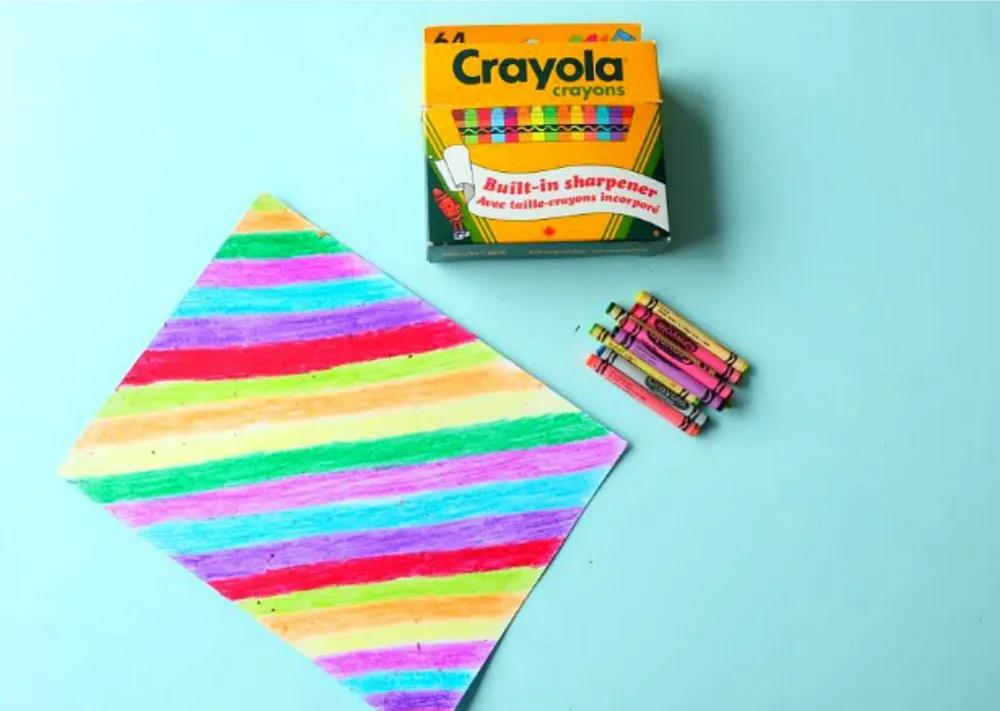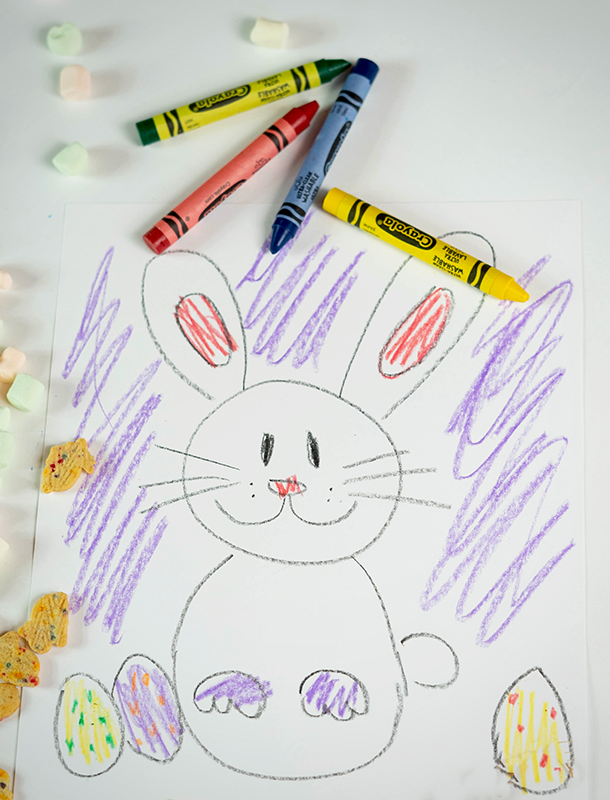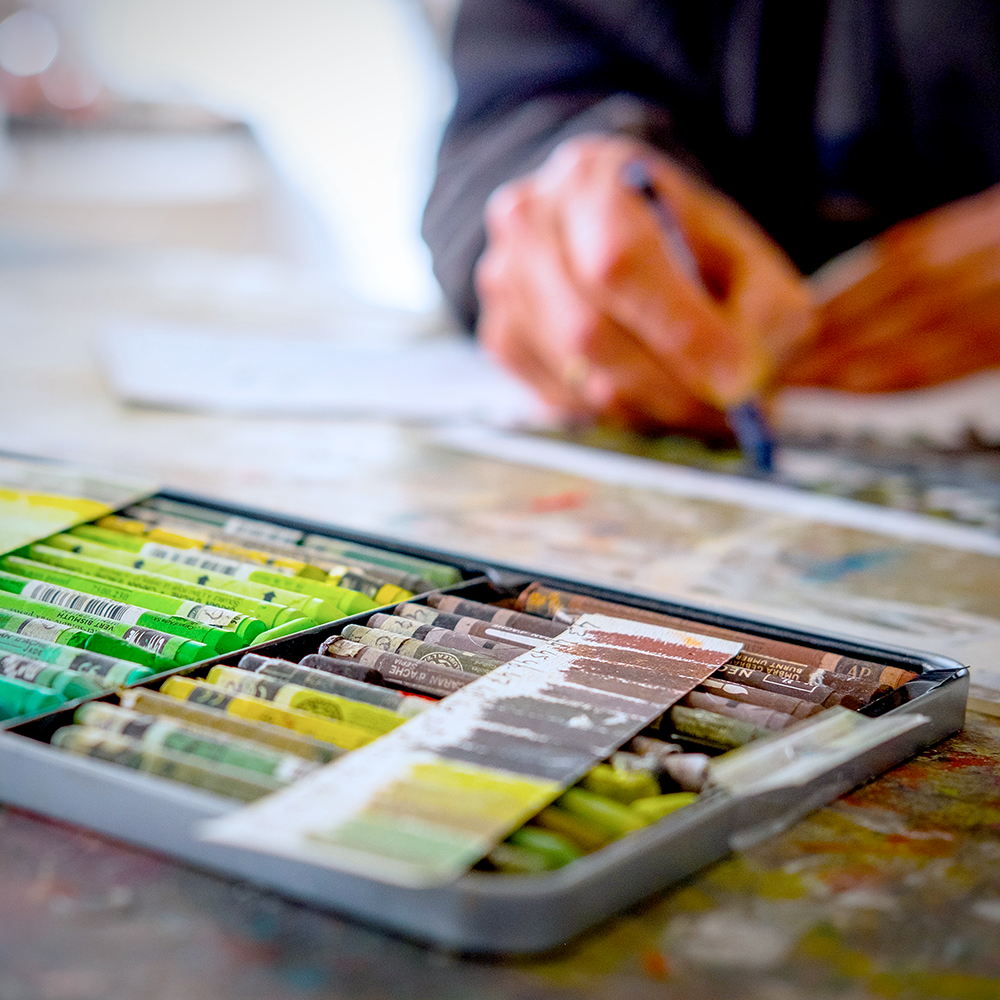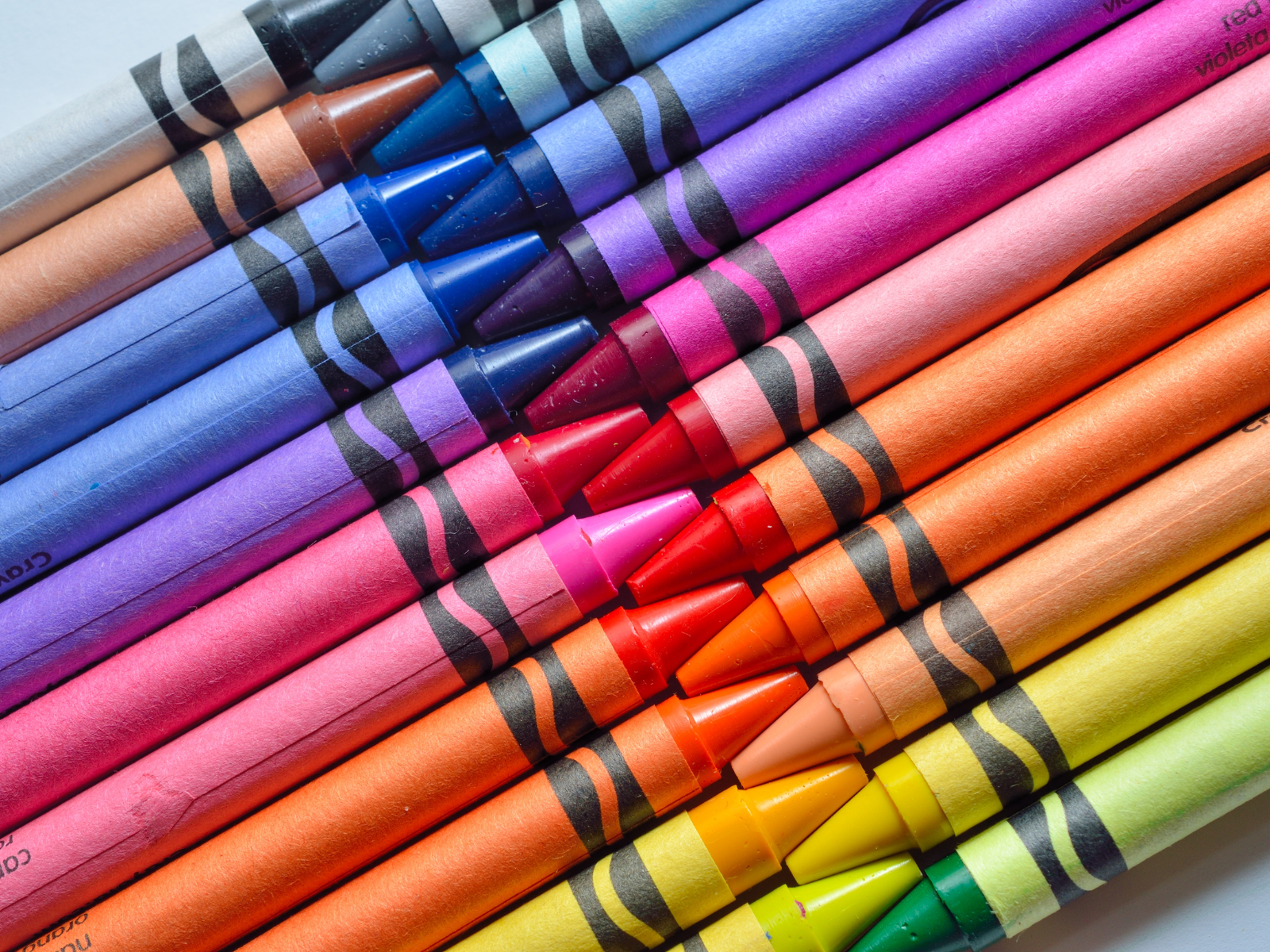Crayon art isn't just child's play; it's a vibrant expression of creativity that deserves preservation.
With its rich textures and vivid colors, crayon art offers a unique medium for artists of all ages.
Whether you're a parent looking to safeguard your child's colorful doodles or an artist exploring the boundaries of waxy mediums, knowing how to properly seal crayon drawings is essential.
This guide dives deep into the best practices for keeping your crayon art as fresh and vivid as the day it was drawn.
Join us as we explore the most effective techniques to protect and preserve your crayon creations for years to come.
Key Takeaways:
- Understand the Importance: Sealing crayon drawings preserves the vibrant colors and prevents smudging.
- Choose the Right Sealant: Options range from hairspray to professional fixatives.
- Proper Application is Crucial: Even application ensures longevity and protection of your artwork.



Why Seal Crayon Drawings?
Crayon drawings, made from a wax-based medium, are prone to smudging and fading over time.
Sealing them not only protects the artwork but also enhances the depth and intensity of the colors.
Whether you're a professional artist or a hobbyist, understanding how to seal your crayon drawings is essential to preserve your hard work.
Choosing the Right Sealant
The choice of sealant can make a significant difference in the outcome of your preserved artwork.
Common options include hairspray, workable fixative spray, and acrylic sealants.
Each has its advantages and suitability depending on the nature of the artwork and the desired finish.
Using Hairspray
Hairspray is a readily available and cost-effective option for sealing crayon drawings.
It provides a light, even coat that can prevent smudging.
However, it's important to use it in a well-ventilated area and apply it in short bursts to avoid saturating the paper, which can cause the colors to run.
Workable Fixative Spray
For a more professional finish, a workable fixative spray is a great choice.
It's designed specifically for artwork, providing a durable layer that doesn't yellow over time.
This type of spray is ideal for mixed media projects that might include pencil drawings or pastels alongside crayon.
Acrylic Sealants
Acrylic sealants offer a more robust solution for artworks that require extra protection, such as those displayed in high-traffic areas.
These sealants come in various finishes, from matte to gloss, allowing you to choose according to the desired look of your artwork.
Application Techniques
Proper application is key to effectively sealing crayon drawings.
Always hold the spray can at a distance of about 12 inches from the artwork to ensure a thin, even coating.
Multiple light coats are preferable to a single heavy coat, which can cause the wax in crayon to melt.
Preventing Color Shifts
When applying any sealant, there's a risk of the colors shifting or deepening.
To prevent this, always test the sealant on a similar scrap piece of crayon artwork to ensure that the outcome is as expected.
Drying and Curing Time
Allow ample drying time between coats and before handling the artwork.
Most sealants dry to the touch within a few hours, but it can take several days for them to fully cure.
Patience during this process ensures that the sealant sets properly without damaging the artwork.



Long-Term Care and Storage
Once sealed, crayon drawings should be stored properly to maintain their condition.
Avoid direct sunlight and fluctuating temperatures, which can cause the wax to soften and colors to fade.
Storing artwork in page protectors or framing it behind glass are excellent ways to further protect and display your work.
Experimenting with Textures
Sealing crayon drawings doesn't have to limit the textural possibilities of your artwork.
Experiment with different layers of crayon and mixed media to create unique effects.
The sealant will help integrate and protect these diverse elements.
Playing with Mixed Media Techniques
When incorporating crayon drawings into mixed media art, the choice of additional materials can profoundly affect the final outcome.
Adding elements like pencil drawing, charcoal drawings, or acrylic paint can introduce depth and complexity.
For instance, sketching with pencils on top of crayon layers can add fine details that crayons alone might not achieve.
Similarly, applying diluted acrylic paint can create a watercolor effect, blending beautifully with the waxy texture of crayons.
This method not only enriches the visual appeal but also adds a layer of permanence to the more transient crayon marks.
Mixed media artists often experiment with melted crayons techniques, where crayons are heated until they liquefy and then manipulated on the drawing surface such as canvas or parchment paper.
This technique allows for vibrant, textured layers that interact uniquely with other media like oils or watercolors.
It's a great idea to work in a well ventilated area when melting crayons, as it can produce fumes.
By combining these mediums, artists can transform a simple crayon sketch into a complex, multi-dimensional piece of art, making each project a fun and engaging exploration of materials.
Preservation Tips for Crayon Artworks
Preserving crayon drawings effectively requires attention to the environmental conditions of the storage or display area.
Crayon artworks should be kept in a well ventilated area to avoid accumulation of dust and other airborne particles that can stick to the waxy surface.
It's also crucial to protect these drawings from excessive heat or direct sunlight, which can cause the crayons to melt or colors to fade over time.
Using UV-resistant acrylic sealants can provide a protective barrier that not only secures the crayon material but also maintains the vibrancy of the colors.
For those looking to archive or exhibit crayon drawings, using parchment paper between artworks when stacking in storage can prevent them from sticking together and damaging the surface texture.
Additionally, framing crayon drawings behind UV-protective glass is a permanent solution that shields the artwork from environmental factors while allowing it to be displayed safely.
Whether for a gallery or personal collection, these preservation tips ensure that crayon art remains as vivid and captivating as the day they were created, making every piece a lasting treasure in your art collection.
Lock in Vibrancy: Preserve Crayon Art Forever
The longevity and vibrancy of your crayon drawings hinge on selecting the appropriate sealant and applying it with care.
Sealing crayon drawings effectively requires choosing the right sealant, applying it correctly, and ensuring proper drying and storage.
Whether you opt for the convenience of hairspray or the robust shield of an acrylic sealant, mastering these techniques will significantly boost the endurance and aesthetic appeal of your artwork.
By following these steps, you ensure that each colorful stroke remains as dynamic and captivating as the moment it was created, allowing you to cherish your artistic expressions for many years to come.



Crayon FAQs
Welcome to our FAQs!
Whether you're a budding artist or a seasoned pro, preserving your crayon masterpieces is crucial.
Here, we've compiled some of the most common questions about sealing crayon artworks, from choosing the right sealant to the best application techniques.
Dive into these insights to ensure your colorful creations stand the test of time and continue to brighten up your space!
What is the best sealant for crayon drawings?
The best sealant depends on your specific needs. Hairspray works well for a light, quick seal, while workable fixative sprays and acrylic sealants provide longer-lasting protection.
Can I use hairspray on mixed media artworks that include crayon?
Yes, hairspray can be used on mixed media artworks, but it's important to test it on a small area first to ensure it doesn't affect other mediums used in the artwork.
How long should I wait between applying coats of sealant?
It's best to wait at least 15-20 minutes between coats to allow the sealant to dry sufficiently. Avoid touching the artwork during this time to prevent smudging.
Does the type of paper affect the choice of sealant for crayon drawings?
Absolutely! The type of paper can significantly influence your choice of sealant. For heavier, more absorbent papers, an acrylic sealant might be more effective as it provides a thicker, more protective coat. For lighter papers, a spray fixative or hairspray might be sufficient and less likely to cause warping.
What are the risks of not sealing crayon artworks?
Unsealed crayon drawings are susceptible to smudging, fading, and dust accumulation. Over time, the vibrant colors can become dull and the artwork can lose its visual impact. Sealing your crayon artworks helps protect them from these elements and keeps them looking fresh and vivid.
Can I use a matte or gloss finish sealant on crayon drawings?
Yes, both matte and gloss finish sealants can be used on crayon drawings depending on the desired aesthetic effect. A matte finish will give a more subdued, non-reflective look while a gloss finish will enhance the colors, making them pop and adding a shiny protective layer. Always test the finish on a small area first to see how it affects your specific crayon colors and paper type.



Interested in learning more about fixatives? Check out Photorealist Art with Tom Mulliner's video!
Want even more content about creativity and art?
Be sure to check out all of our creative chronicles!
Love crayons?
Check out some of our other articles:
-How do you make crayons look professional?
-Can you use acrylic paint over crayon?
-How do you stick crayon to canvas?










